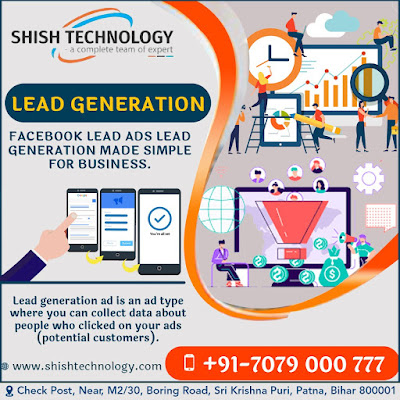PPC is used for all types of campaign
goals, including:
- Increasing
sales
- Generating
leads
- Promoting
brand awareness
PPC oriented advertisements related to those keywords appear at different corners of the result page. PPC advertising ability to track statistics such as the number of clicks and percentage of sales made from those clicks.According to them, such valuable information can substantially assist advertisers and marketers to better design their advertising campaigns, and gain improved control over keyword auctions.
Ultimately, pay-per-click marketing is good for everyone:
- It’s good for searchers – Research indicates that searchers click on paid search ads more often than any other form of digital advertising. This means that people really don’t mind being advertised to, provided that the products and services advertised actually fit the searcher’s needs. And because we use search engines when we’re looking for products and services, the results, including the ads, are generally highly relevant to what we’re looking for. Plus, Google has developed an excellent formula for ensuring that PPC ads meet the user’s needs.
- It’s good for advertisers - Advertisers are offered a unique means of putting their message in front of an audience who is actively and specifically seeking out their product. Because searchers reveal their intent through their search query, advertisers are able to measure the quality of traffic that results from search engine clicks.
- It’s good for search engines – PPC enables search engines to cater to searchers and advertisers simultaneously. The searchers comprise their user-base, while the advertisers provide them with their revenue stream. The engines want to provide relevant results, first and foremost, while offering a highly targeted, revenue-driving advertising channel.
How the PPC Model Works
The pay-per-click model is primarily based on keywords. For example, in search engines, online ads (also known as sponsored links) only appear when someone searches a keyword related to the product or service being advertised. Therefore, companies are on pay-per-click advertising models research and analyze the keywords most applicable to their products or services. Investing in relevant keywords can result in a higher number of clicks and, eventually, higher profits.
The PPC model is considered to be beneficial for both advertisers and publishers.
For advertisers, the model is advantageous because it provides an opportunity to advertise products or services to a specific audience who is actively searching for related content. In addition, a well-designed PPC advertising campaign allows an advertiser to save a substantial amount of money as the value of each visit (click) from a potential customer exceeds the cost of the click paid to a publisher.
For publishers, the pay-per-click model provides a primary revenue stream. Think about Google and Facebook, which provide free services to their customers (free web searches and social networking). Online companies are able to monetize their free products using online advertising, particularly the PPC model.
Commonly, pay-per-click advertising rates are determined using the flat-rate model or the bid-based model.
In the flat rate pay-per-click model, an advertiser pays a publisher a fixed fee for each click. Publishers generally keep a list of different PPC rates that apply to different areas of their website. Note that publishers are generally open to negotiations regarding the price. A publisher is very likely to lower the fixed price if an advertiser offers a long-term or a high-value contract.
In the bid-based model, each advertiser makes a bid with a maximum amount of money they are willing to pay for an advertising spot. Then, a publisher undertakes an auction using automated tools. An auction is run whenever a visitor triggers the ad spot.
Note that the winner of an auction is generally determined by the rank, not the total amount, of money offered. The rank considers both the amount of money offered and the quality of the content offered by an advertiser. Thus, the relevance of the content is as important as the bid.
Our Address -
M2/30, Near S K Puri Check Post, Boring Road,Patna, (Opp. Jamuna Appartment) Bihar 800001, India.
Contact: 7079000777 / 9117060606
Web - http://shishtechnology.com
Email- shishtechnology@gmail.com
JustDial : ShishTechnology













0 Comments